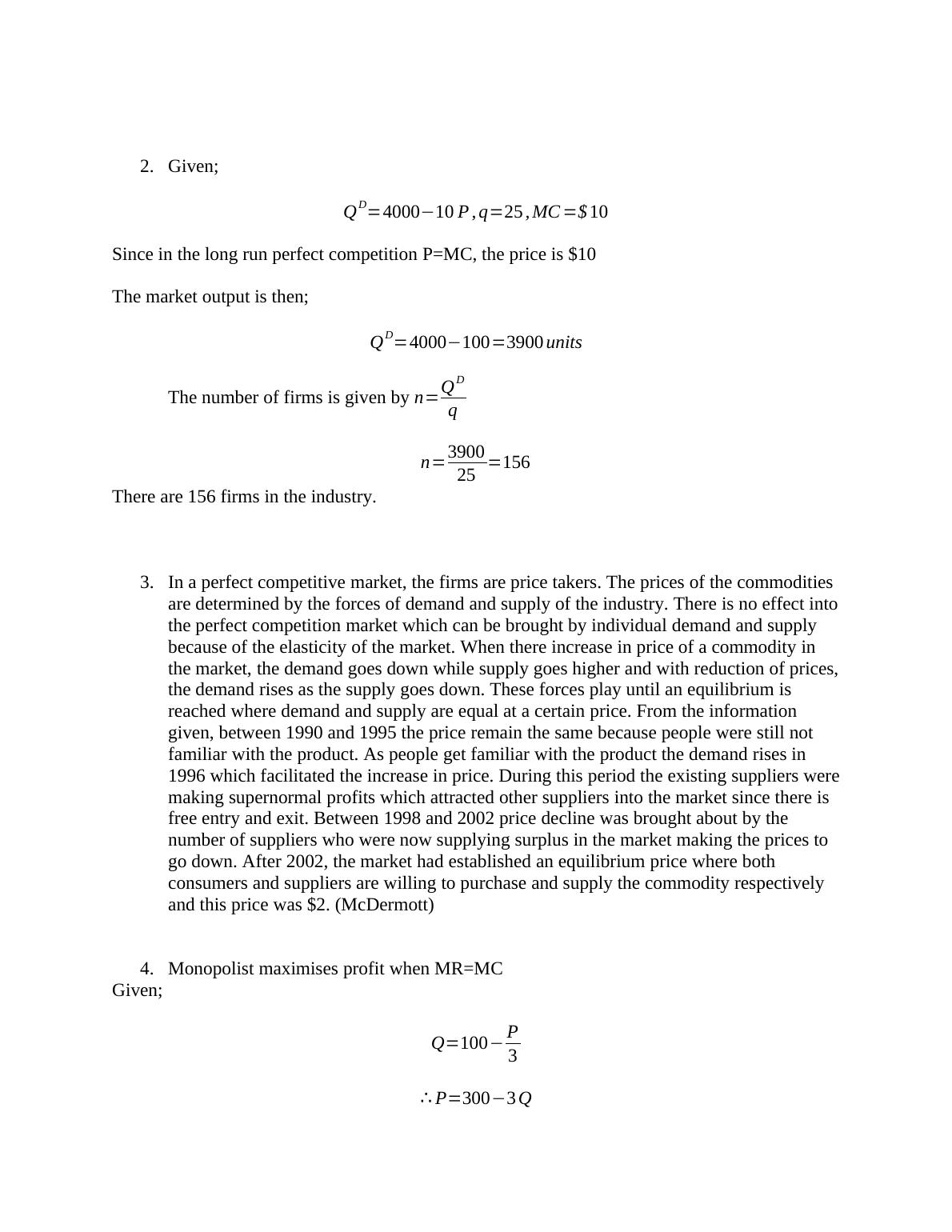Industrial Demand And Supply Management
Added on 2022-07-28
12 Pages1163 Words23 Views
End of preview
Want to access all the pages? Upload your documents or become a member.
Principles of Economics - Assignment
|15
|3302
|132
(PDF) Business and Economics Researches
|11
|1981
|107
Budget Incidence of Tax- Report
|10
|1904
|206
Perfect Competition - Economics Assignment
|5
|1048
|50
The Firm and Market Structures -
|7
|679
|12
Monopolistic Competitive Market
|7
|849
|48




